Photos of American teens taking on the patriarchy
- Text by Miss Rosen
- Photography by Justine Kurland

American pop culture has maintained a lifelong love affair with the notion of the anti-hero, the quintessential rebel ready to right the wrongs of injustice on their own terms. The runaway often takes the form of a youth coming of age, who recognises the only way to live true to themselves is to escape the oppressive structures of family and society, and learn to survive on their wits.
Yet while there are plenty of Huckleberry Finns and Holden Caulfields in American literature, there is a profound absence of girls daring to go it alone. It is here, into this void that photographer Justine Kurland first stepped more than 20 years ago when she began making the series Girl Pictures. The project, made between 1997 and 2002, has just published by Aperture.
“I wanted the girls to run away to escape patriarchy, to forge a world of their own,” Kurland says. “I realise my fantasy derives from an American one; Manifest Destiny and dreams of the frontier. But the expansion West is essentially a colonialist desire, one of violence and genocide.”
Resisting the system of American patriarchy and its imperialist agenda, Kurland transforms the landscape of teenage rebellion into mythic scenes of Arcadia. Here, a collectivist mindset permeates every frame, one that allows groups of young girls to band together and live off the land without exploiting it for themselves.

Boy Torture: Two-Headed Monster,1999; from Girl Pictures (Aperture, 2020)

One Red, One Blue, 2000; from Girl Pictures (Aperture, 2020)
To make these images, Kurland traversed the continent; crossing the Mississippi River, wading through fields of waving grass, surmounting the jagged crests of Colorado, and rolling through the valleys of the Sierra Nevada, before finally reaching the Pacific Ocean.
Of her staged scenes, Kurland says: “I made this work as a way to imagine new possibilities. I photographed outside of towns, on highway embankments and overpasses, along rivers and sluices. The landscape was a receptacle of a utopian impulse, a never-never land for girls, to live communally, in a perpetual state of bliss.”
Kurland’s work was inspired by iconic female rockers like Debbie Harry, Patti Smith and Bikini Kill, as well as after-school TV shows that inadvertently made her root for “fallen” or flawed female protagonists.
“Girl Pictures started in an organic way,” she says. “I was not consciously setting out to make corrections to narratives concerning women.”

Toys R Us, 1998; from Girl Pictures (Aperture, 2020)

Poison Ivy, 1999; from Girl Pictures (Aperture, 2020)
She began photographing Alyssum, her then-boyfriend’s 15-year-old daughter who had been sent to live with her father after getting caught skipping school and smoking weed. “I vastly preferred her company to his,” Kurland remembers. “After he left for work, we spent long conspiratorial mornings stretched under the air conditioner in his Midtown Manhattan condominium. Together we conceived a plan to shoot film stills starring Alyssum as a teenage runaway.”
Now, two decades later, Kurland reflects on the timely impact of these photographs. “They exist outside of original impulse conceiving them and mean something else during a administration that has rolled back environmental protections and put women’s reproductive choices are at risk. They belong to a new generation girls who might find something aspirational in the photographs.”

Shipwrecked, 2000; from Girl Pictures (Aperture, 2020)

Golden Field, 1998; from Girl Pictures (Aperture, 2020)

Candy Toss, 2000; from Girl Pictures (Aperture, 2020)

Snow Angels, 2000; from Girl Pictures (Aperture, 2020)

Daisy Chain, 2000; from Girl Pictures (Aperture, 2020)
Girl Pictures is released this month through Aperture.
Follow Miss Rosen on Twitter.
Enjoyed this article? Like Huck on Facebook or follow us on Twitter.
Latest on Huck
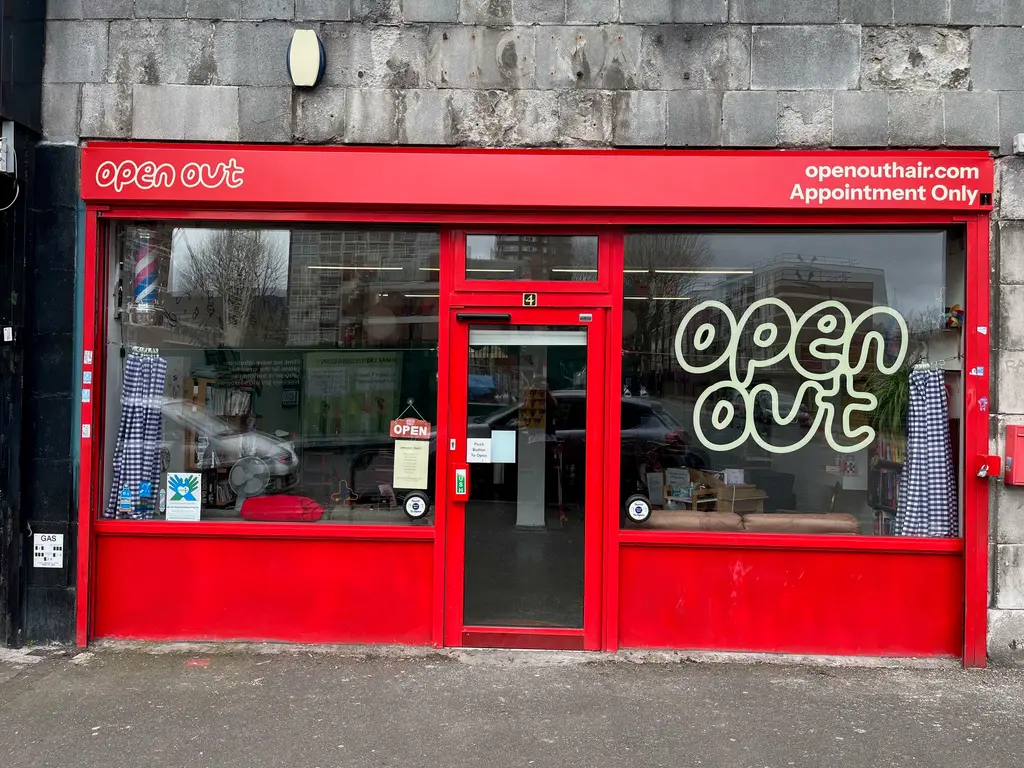
Meet the trans-led hairdressers providing London with gender-affirming trims
Open Out — Since being founded in 2011, the Hoxton salon has become a crucial space the city’s LGBTQ+ community. Hannah Bentley caught up with co-founder Greygory Vass to hear about its growth, breaking down barbering binaries, and the recent Supreme Court ruling.
Written by: Hannah Bentley
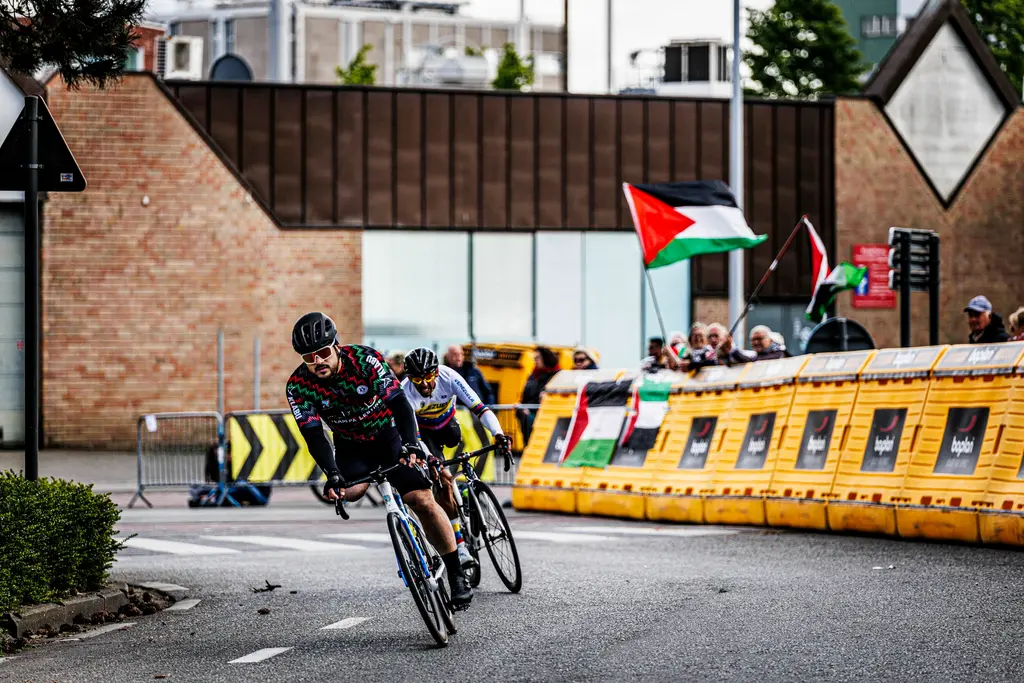
Gazan amputees secure Para-Cycling World Championships qualification
Gaza Sunbirds — Alaa al-Dali and Mohamed Asfour earned Palestine’s first-ever top-20 finish at the Para-Cycling World Cup in Belgium over the weekend.
Written by: Isaac Muk
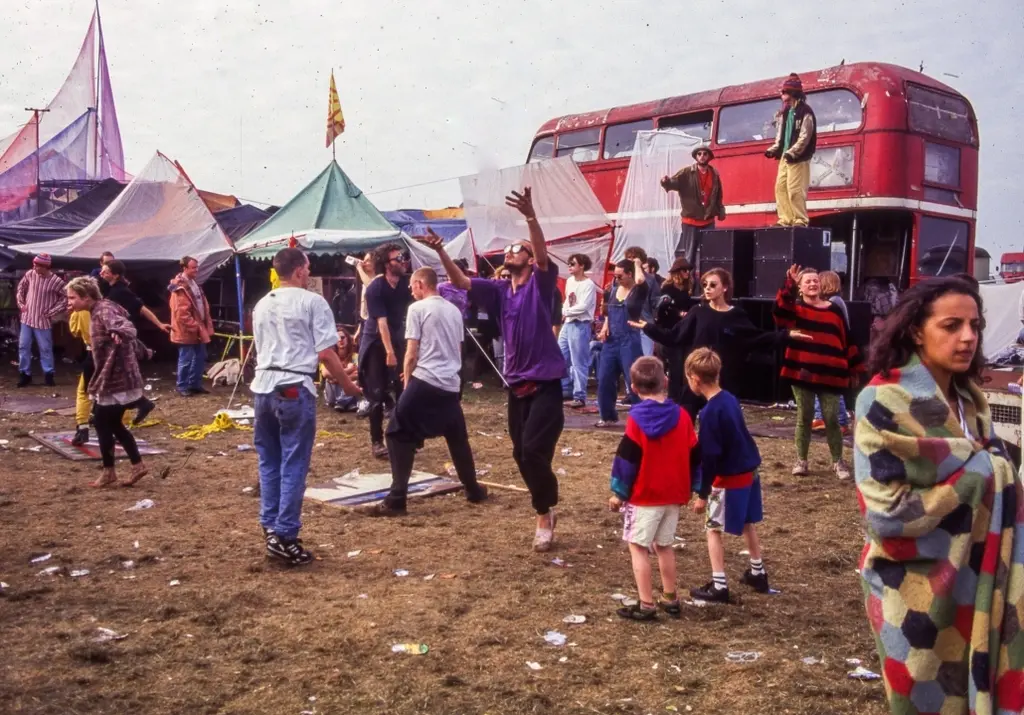
New documentary revisits the radical history of UK free rave culture
Free Party: A Folk History — Directed by Aaron Trinder, it features first-hand stories from key crews including DiY, Spiral Tribe, Bedlam and Circus Warp, with public streaming available from May 30.
Written by: Isaac Muk
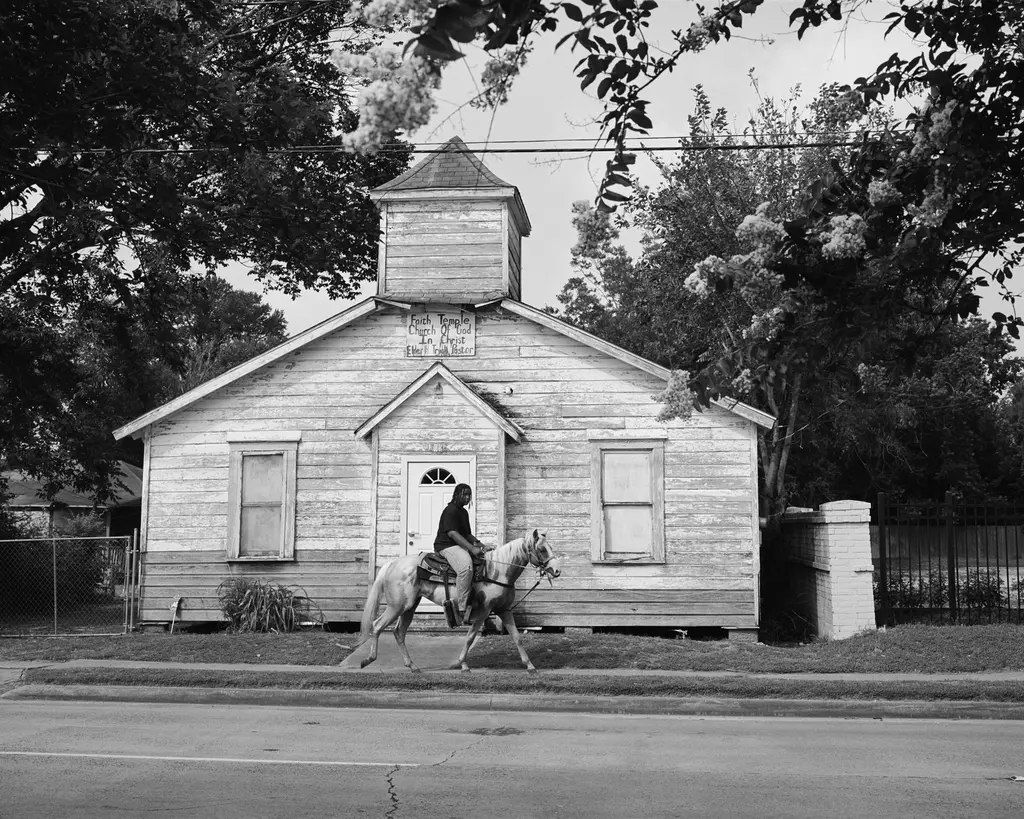
Rahim Fortune’s dreamlike vision of the Black American South
Reflections — In the Texas native’s debut solo show, he weaves familial history and documentary photography to challenge the region’s visual tropes.
Written by: Miss Rosen
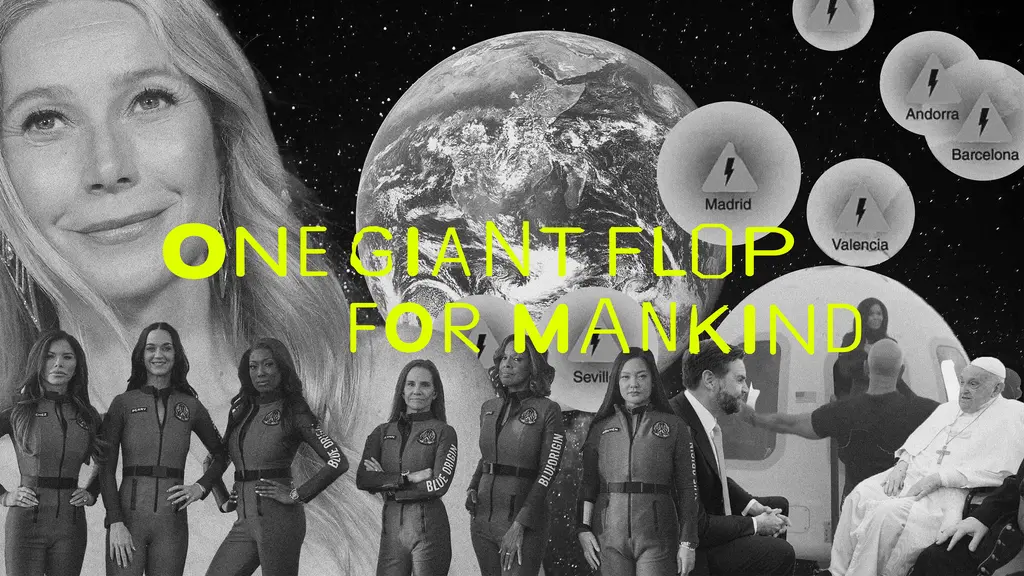
Why Katy Perry’s space flight was one giant flop for mankind
Galactic girlbossing — In a widely-panned, 11-minute trip to the edge of the earth’s atmosphere, the ‘Women’s World’ singer joined an all-female space crew in an expensive vanity advert for Jeff Bezos’ Blue Origin. Newsletter columnist Emma Garland explains its apocalypse indicating signs.
Written by: Emma Garland
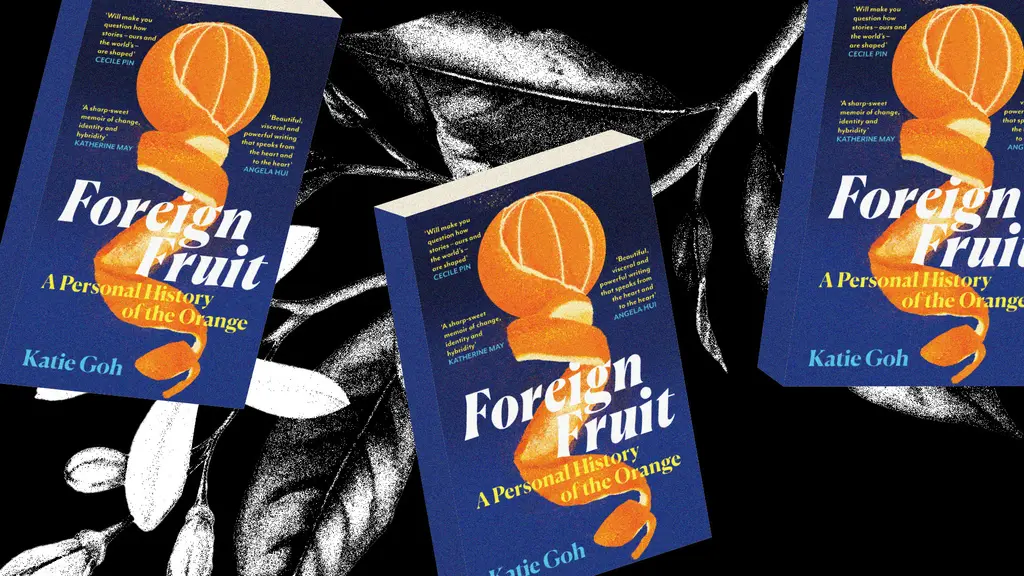
Katie Goh: “I want people to engage with the politics of oranges”
Foreign Fruit — In her new book, the Edinburgh-based writer traces her personal history through the citrus fruit’s global spread, from a village in China to Californian groves. Angela Hui caught up with her to find out more.
Written by: Katie Goh

